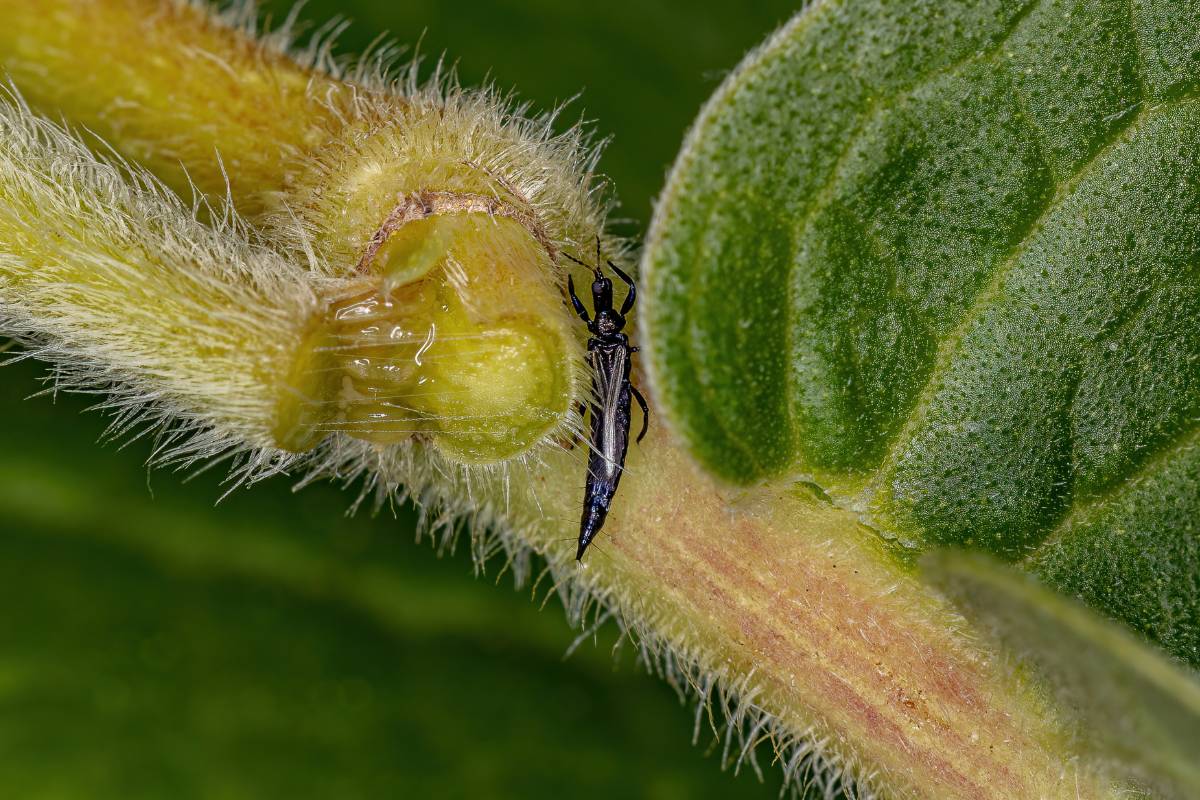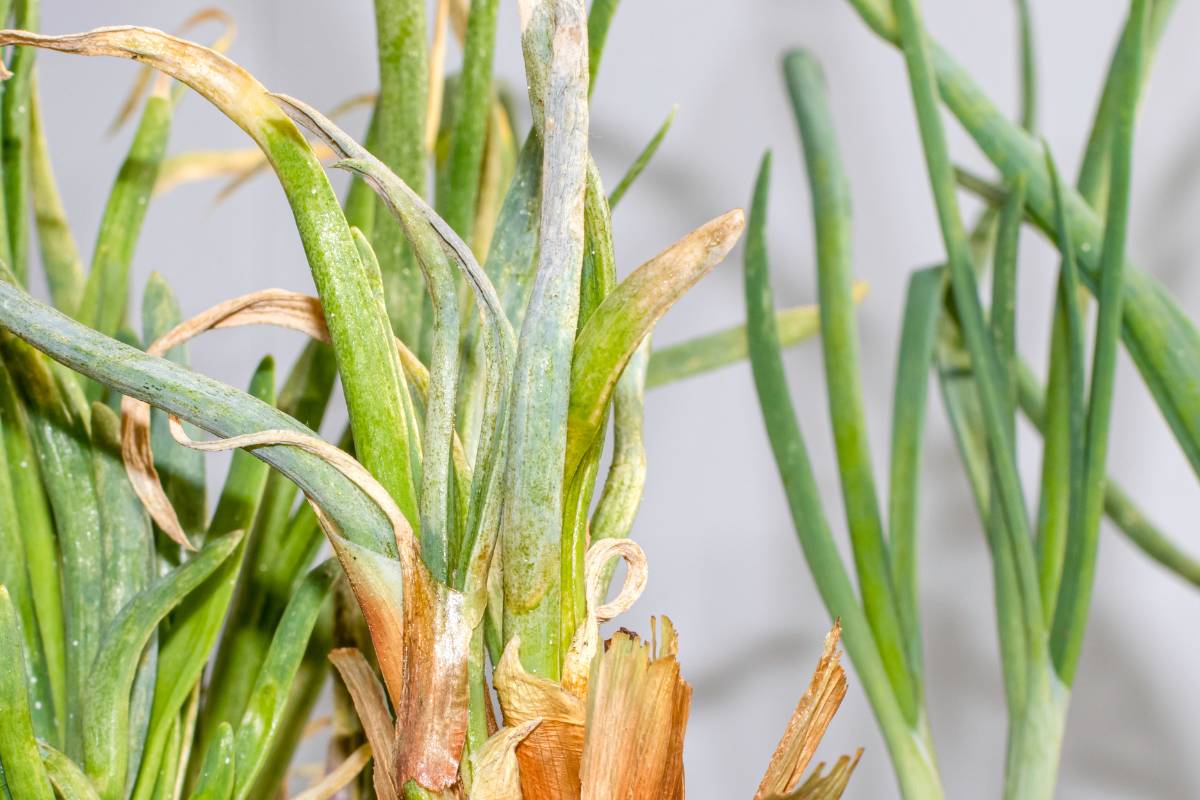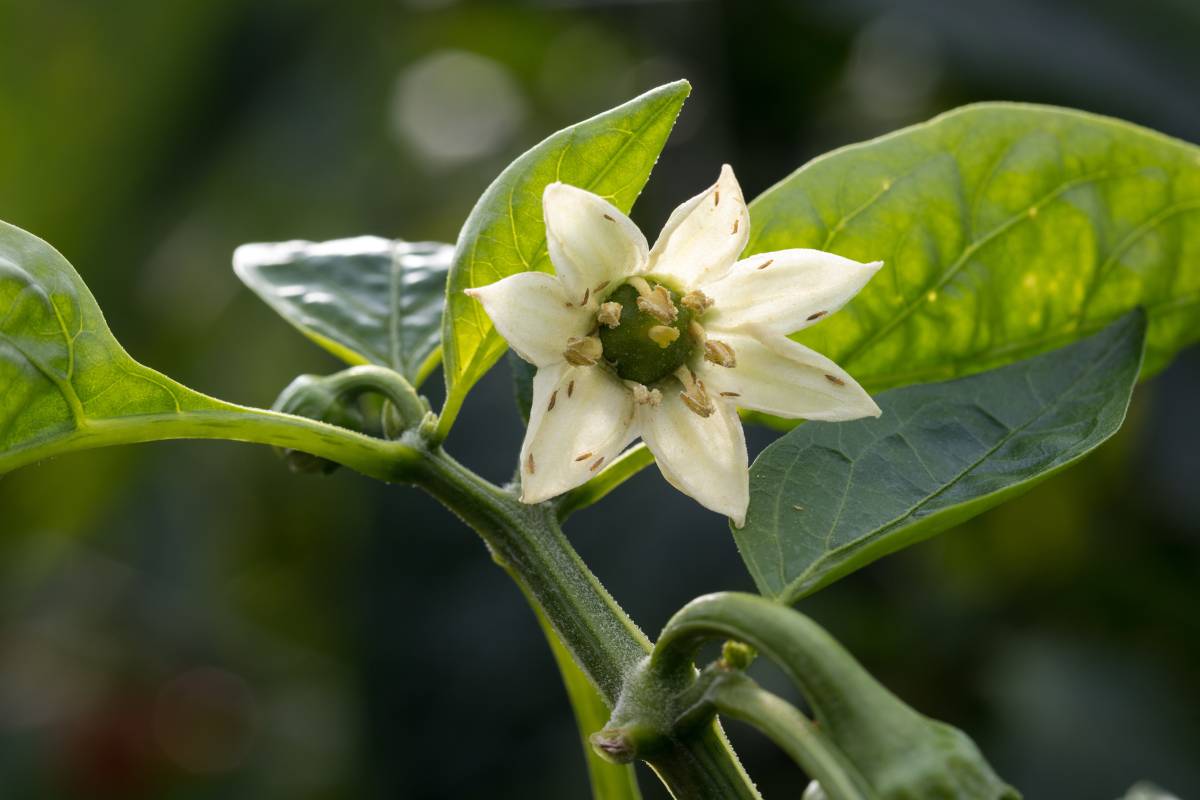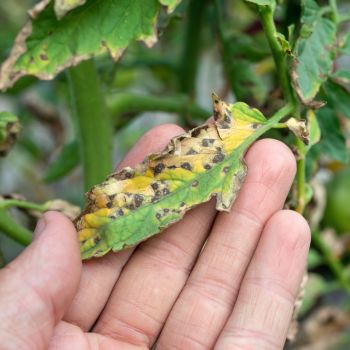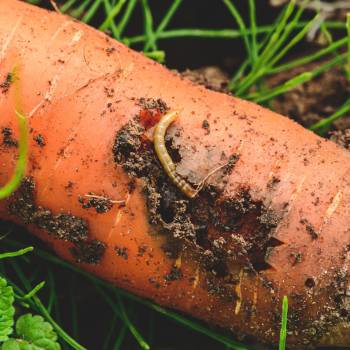The name thrips covers a group of several thousand insect species which are all members of the Thysanoptera or 'fringed wings' order. The vast majority of these bugs are harmless and pose no threat to your flowers and veggies, living quietly in leaf litter and feeding on the fungus it contains.
But unfortunately, a small number of thrips varieties can become serious pests in both home gardens and commercial agriculture. Several common plants are at particular risk:
- Veggie patch staples including beans, capsicums, cucumber, onion, tomato, rockmelon and strawberries.
- Flowers including carnations, chrysanthemums, dahlias and roses.
And just to complicate matters, some thrips are also happy to feed on common weeds, making most gardens a potential breeding ground.
The worst offenders in Australia include western flower thrips (Franklinella occidentalis), onion thrips, tomato thrips and the dramatically named plague thrips. All of these species can cause two major problems through their feeding habits.
First, depending on the species, thrips will feed on the growing tips, flowers and fruit of their target plant, damaging the outer cell walls and sucking out the contents. A minor infestation will result in unsightly discolouration to foliage and flowers, cosmetic damage that may be tolerable to most gardeners. With a major infestation however, thrips’ feeding can stunt growth and greatly reduce yields.
Even more seriously, thrips can carry a number of incurable viruses, including tomato spotted wilt, most of which are fatal to the target plant once transmitted to the plant during feeding.
Because of these two dangers, being alert to the first signs of a thrips' arrival is vital to limit the damage.
Identification and Life Cycle
Most thrips are slender, sausage-shaped insects measuring between 0.5mm and 2mm, usually coloured a yellowish-orange or greyish-black. The larger part of the insect's length is made up of a striped abdomen, with most adults having the fringed wings which are the defining feature of the thrips family.
Thrips can breed parthenogenetically - that is, the eggs hatch without being fertilised - which means some populations are 100% female. In other thrips infestations, males are present but heavily outnumbered by females.
In both cases, this gender imbalance is bad news when it comes to population growth, as each female can lay between 20 and 300 eggs within her brief lifetime. Unfortunately, the eggs are often laid within the tissue of the host plant, so it's rare to spot the problem at this early and easily cured stage.
After between two days and two weeks, depending on temperature and species, the eggs hatch into larvae that look similar to the adults, although paler in colour and always wingless. The larvae will feed on their host plants for around a week before entering a pupal stage, with the cocoons either attached to the plant, buried in the soil below, or concealed in surrounding leaf litter.
After a few days, the pupae hatch into adults which can live for two to six weeks, feeding and reproducing as they go. This compact life cycle means that populations can rise rapidly, with up to a dozen generations a year in mild climates and even more in areas with year-round warmth.
Spotting Thrips' Damage
Thrips feed at both the larval and adult stages, causing similar symptoms in both cases. Because the larvae hatch and feed in groups their damage can be more concentrated and visible. Foliage will become discoloured, with pale spots where the chlorophyll has been sucked out or streaks of silvering in more extreme cases. Flowers will also show blemishes, usually brown, and you may see dark waste droppings on all parts of the plant but particularly on lighter-coloured flowers.
Thrips Management and Control
Vigilance is the first line of defence with thrips. You're most likely to see infestations during the active periods of spring and summer, but any time of plant growth is potentially risky.
Check any new plants you bring into your garden for an existing infestation, and also check potential target plants after windy weather when the tiny thrips may have been blown into your garden.
Laying sticky traps can be a good way to spot thrips inhabitants, but beware of trapping beneficial insects as a side effect. In some states regulations require a protective cage around the trap to keep animals out, and this is a good idea even where it’s not mandated. According to some experts, blue traps are more effective than yellow against thrips while being less attractive to most other insects.
Once a problem is spotted, there are three main ways of tackling it:
- Pruning the host plant to remove the damaged parts, hopefully containing any viral spread while also removing any laid eggs or living thrips. Importantly, dispose of the prunings safely and away from your compost heap.
- Biological controls, including a fungus called Beauveria bassiana which targets thrips specifically, or more generally, encouraging ladybirds, parasitic wasps, and other natural thrips predators.
- Insecticide sprays, particularly pyrethrum-based products which have less ecological impact. It's important to spray the entire plant, as eggs and larvae can be hidden on the undersides of leaves or in difficult-to-reach stem joints.
Lastly, once you've confirmed and cured a thrips infestation, step up your inspection regimen to ensure you mop up any last remnants before their population starts to soar once again.
